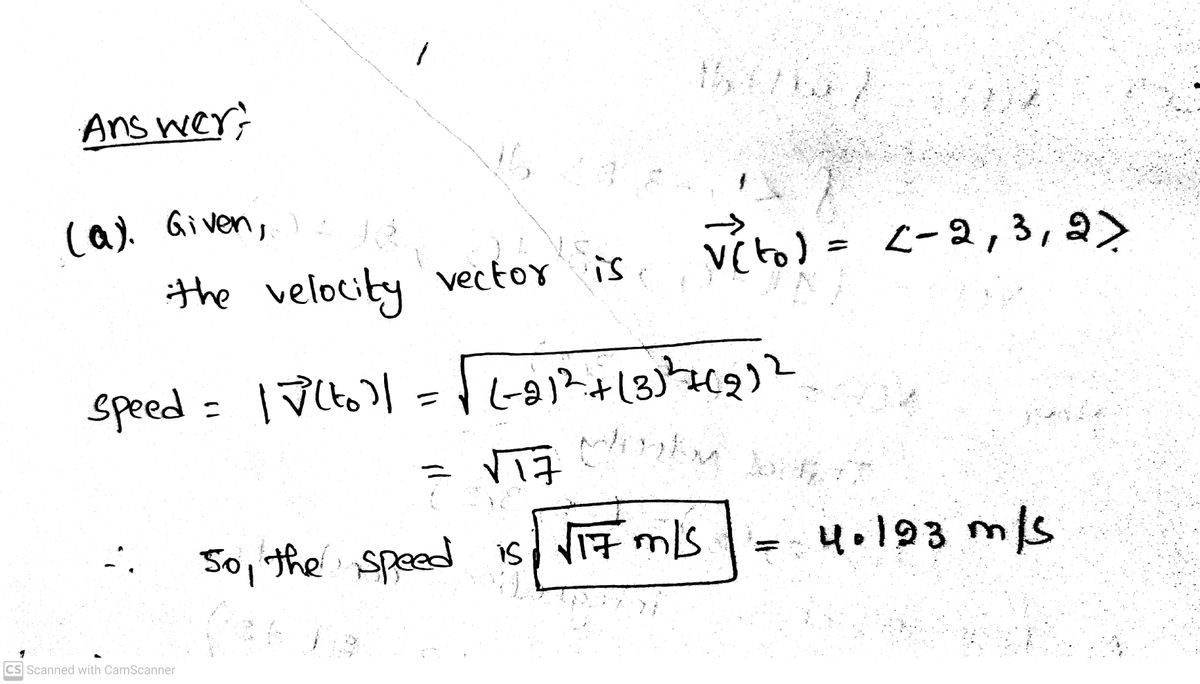[Motion in R3] A roller coaster is going along a path. Wheeee! At a certain time t0 sec, the roller coaster has position (in m) r(t0) = ⟨5, 2, 13⟩, velocity (in m/s) v(t0) = ⟨−2, 3, 2⟩ and acceleration (in m/s2) a(t0) = ⟨1, −3, 2⟩. (a) What was the speed of the roller coaster at this time? (b) Approximate the position of the roller coaster a quarter of a second later. (c) Was the roller coaster speeding up or slowing down?
Displacement, Velocity and Acceleration
In classical mechanics, kinematics deals with the motion of a particle. It deals only with the position, velocity, acceleration, and displacement of a particle. It has no concern about the source of motion.
Linear Displacement
The term "displacement" refers to when something shifts away from its original "location," and "linear" refers to a straight line. As a result, “Linear Displacement” can be described as the movement of an object in a straight line along a single axis, for example, from side to side or up and down. Non-contact sensors such as LVDTs and other linear location sensors can calculate linear displacement. Non-contact sensors such as LVDTs and other linear location sensors can calculate linear displacement. Linear displacement is usually measured in millimeters or inches and may be positive or negative.
[Motion in R3] A roller coaster is going along a path. Wheeee! At a certain time t0 sec, the roller
coaster has position (in m) r(t0) = ⟨5, 2, 13⟩, velocity (in m/s) v(t0) = ⟨−2, 3, 2⟩ and acceleration (in
m/s2) a(t0) = ⟨1, −3, 2⟩.
(a) What was the speed of the roller coaster at this time?
(b) Approximate the position of the roller coaster a quarter of a second later.
(c) Was the roller coaster speeding up or slowing down?
Here is the explaination and calculation in the given images

Step by step
Solved in 3 steps with 3 images









